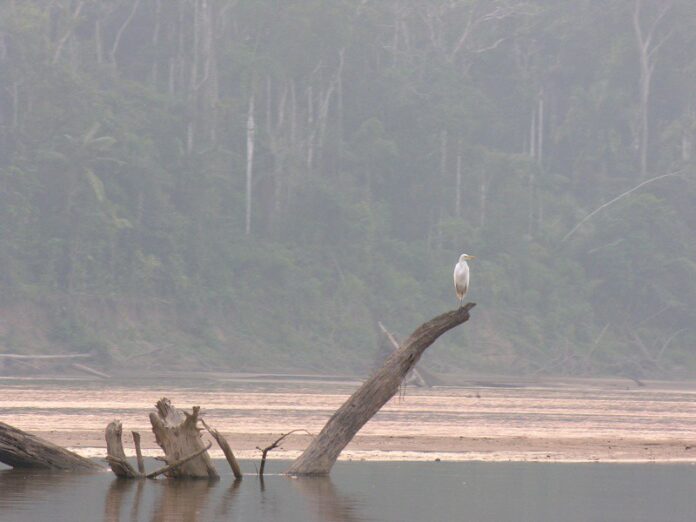Facing the Covid 19 pandemic, governments are not doing enough to curb the consequences of global warming.
The Amazon rainforest has now partially transformed into a typical savannah grassland, interrupted by small woods. In September, around 32,000 fires reduced to ashes trees and vegetation, by the amount of 61% more than what had been destroyed last year in the same month. In August, the Brazilian president of the republic, Jair Bolsonaro, sent the army to contain the flames. However, after some time he changed his mind and withdraw the troops. Unfortunately, the data suggest that most of the area, which we are used to call the “green lung of the planet”, is lost forever.
According to a study carried by the Stockholm Resilience Center, 40% of the rainforest is already at the point of no return. The reasons are at least two: on the one hand, the guilty failure of the institutions regarding the conservation of the environment; on the other hand, the self-feeding mechanism that has been triggered by the global warming. In practice, the rainforest arises from a very delicate balance between rainfall, soil, air humidity and temperature. When this balance is ideal, precipitation, heat and humidity balance each other out. But with global warming, trees are much drier and therefore more flammable and vulnerable to fires, which, in turn, raise the temperature. In 40% of the Amazon rainforest, the natural virtuous circle that combined abundant rains, few fires and forest regeneration has been interrupted and there is very little chance that it could be restored.
In Bolivia, a status of national disaster has been proclaimed because, in the month of September alone, 2.3 million hectares of forest were destroyed, in addition to the 6.4 million hectares already destroyed in 2019. However, Brazil and Bolivia are only two of the states that are dealing with this problem. There are nine countries in which NASA has identified 28,892 active fires:15% broke out in August and 62% in September. The flames also devoured thousands of hectares of forests in the US, as well as in Siberia and in various parts of Africa. Scientists are concerned about the consequences of such huge changes which civilized man has never faced and that could pose difficult problems.








